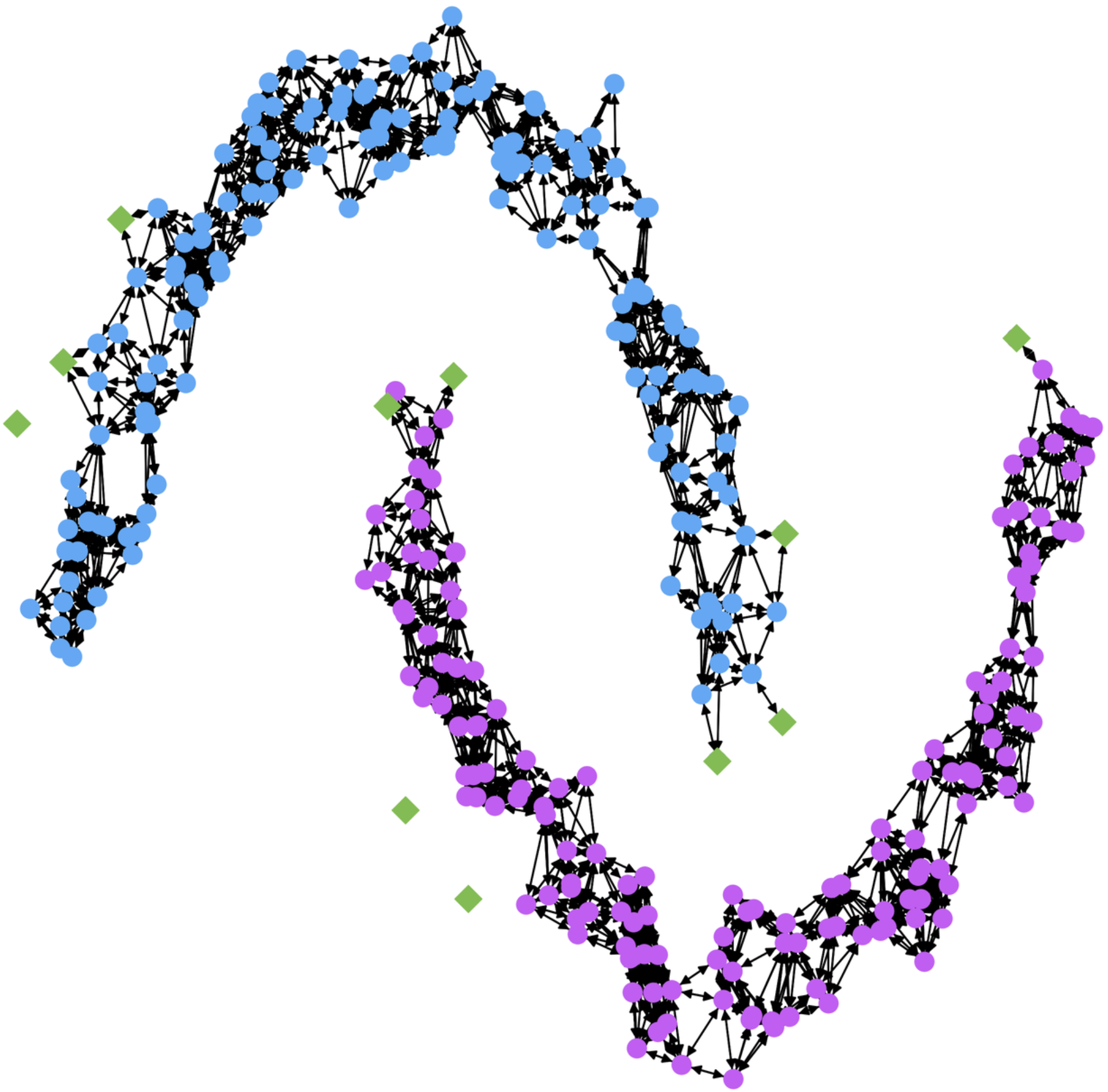Graphs are simple concepts: a set of individual Nodes (components) connected by Edges (relationships). In this very simplicity lies their power. They can describe the structure of our friendships, connections between airports, the spread of diseases from person to person, the relation of one concept to another, how species interact in an ecosystem or how computers communicate to form the World Wide Web.
Networks are the fundamental language of our increasingly complex world and the key to successfully understand it. By exploring in detail the way graphs can be used to explore, describe, analyze and understand empirical datasets we will put you at the forefront of this growing field.
In this lecture we will use Python's NetworkX to build our understanding of network representations and algorithms by exploring real world network datasets such as the airline transportation network, the bitcoin transaction network, the road network of open street map, etc. Through this practical approach attendees will better understand the fundamental ideas and concepts that lie at the base of our increasingly complex world and take the first steps towards being at the forefront of this growing field.
- Graphs 101 [ Airline Transportation Network ]
- Nodes
- Edges
- Degrees and Weights
- Directed and Undirected Graphs
- Searching in Graphs [ OpenStreetMap ]
- Breath First Search
- Depth First Search
- Dijkstra's Algorithm
- Graph Connectivity [ BitCoin Transaction Network ]
- Weakly Connected Graphs
- Strongly Connected Graphs
Datasets in square parenthesis.
Attendees will become familiar with the fundamental concepts of Graph and learn how to use of NetworkX to explore real world datasets. By the end of the lecture they'll be able to apply the fundamental graph algorithms in their own work.
Subscribe to the Graphs For Data Science 





